Natural sand resources in the Mekong Delta are scarce, and the use of artificial sand as a substitute is also ineffective due to high costs and lack of raw material mines.
According to the Ministry of Natural Resources and Environment , the natural sand reserves for land filling in the Mekong Delta are currently about 37 million m3. Meanwhile, in terms of transport infrastructure alone, the 6 expressways to be implemented in the 2022-2025 period in this region need nearly 50 million m3 of sand. In addition, provincial transport projects need about 36 million m3 of sand in 2023-2024.
In many transportation projects in the North and Central regions, natural sand is being pushed up in price due to its scarcity compared to 3 years ago. In the future, natural sand will gradually decrease because the amount of sand flowing from upstream is less, not enough to compensate for the amount of sand being exploited. If sand is dug up massively, it will make the riverbed deeper and deeper, increasing the risk of landslides.
The solution of using artificial sand or sea sand to replace natural sand in transportation projects has been considered by management agencies and contractors. However, both solutions face certain difficulties.
Artificial sand costs 3-4 times more than natural sand.
Mr. Nguyen Van Nguyen, Deputy Director of the Department of Geology (Ministry of Natural Resources and Environment), said that artificial sand or crushed sand is produced using high-speed impact technology to break rocks. The production process creates round particles with low friction, almost the same size as natural sand.
Currently, the world often uses artificial sand from sandstone, granite, basalt, and pebbles, the main component of which is quartz. In addition, some natural sandstone layers have weak bonding, do not need to be crushed, but only use the force of water jet to separate the particles, then screen and select the particles to reach the size of natural sand.
This type of artificial sand has the advantage of more uniform grains than natural sand, and can easily adjust grain size and material composition according to construction requirements.
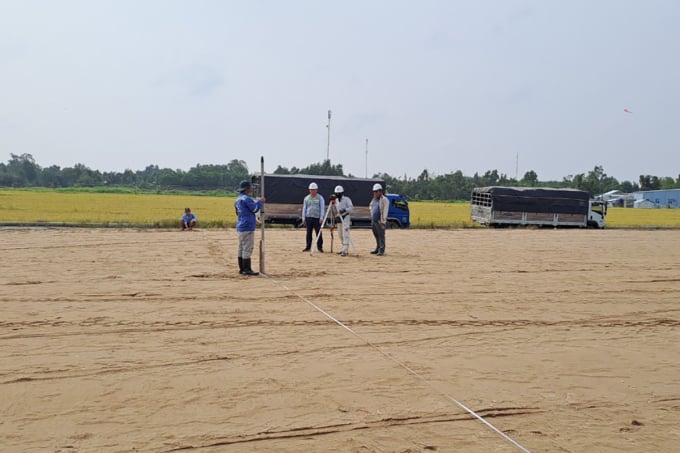
Checking the quality of the North-South expressway embankment through Long My district, Hau Giang in March 2024. Photo: Phuong Linh
According to Mr. Le Viet Hung, Deputy Director of the Cement and Concrete Center (Institute of Construction Materials), crushed sand is currently produced by 73 enterprises in 25 provinces with a total capacity of 8.6 million m3 per year. The provinces with many crushed sand factories are Lang Son, Ha Nam, Thanh Hoa, Hoa Binh, Ba Ria - Vung Tau, Dong Nai, Binh Duong... due to their stone resources and proximity to large consumption markets such as Hanoi and Ho Chi Minh City. In 2020, localities consumed 4.1 million m3 of crushed sand.
Crushed sand ensures quality for roadbed filling, but the price is 250,000-300,000 VND/m3, while the state price for sand for filling is about 80,000 VND/m3. Because of the high price, crushed sand is mainly used for concrete and mortar, not suitable for filling and filling the foundation for traffic projects.
In addition, the Mekong Delta does not have many quarries to exploit crushed sand. "If artificial sand is used instead of sand for filling traffic works, it will be ineffective, construction costs will be high, and contractors will lose money," said Mr. Hung.
Responding to National Assembly delegate Nguyen Huy Thai (National Assembly delegation of Bac Lieu province) in early March, the Prime Minister said that the demand for sand for filling key traffic projects in the Mekong Delta region is about 50 million m3. If artificial sand is used to completely replace natural sand, it is necessary to exploit large quantities of quarries, arrange many production lines to meet the demand and the cost is much higher than natural sand. Therefore, using artificial sand to replace natural sand for roadbed construction is not feasible.
New beach sand is being tested on a small scale.
To replace the shortage of natural sand, experts believe that sea sand is the most effective alternative to landfill sand. Mr. Le Viet Hung said that Vietnam's sea area has great potential for construction material minerals. The Ministry of Natural Resources and Environment has identified 30 prospective areas with a total estimated resource of nearly 150 billion m3, of which the sea areas of Binh Thuan, Ba Ria - Vung Tau, Soc Trang, Phu Quoc - Ha Tien, Hai Phong - Quang Ninh... can be planned for exploration and exploitation.
Soc Trang sea sand meets the 2006 Vietnamese standards for raw materials for construction and filling. Currently, Tra Vinh and Kien Giang provinces have licensed the exploitation of sea sand for filling large projects near the sea such as thermal power plants or residential areas reclaiming the sea. Kien Giang has licensed the exploitation of sea sand with a reserve of 15 million m3 and an exploitation capacity of nearly 5 million m3/year.
To ensure sand sources for construction projects in the Mekong Delta, following the Prime Minister's direction, in 2023, the Ministry of Transport implemented a pilot project using sea sand in Tra Vinh province to replace river sand, organized monitoring, and established a ministerial-level council to evaluate the results of the pilot project. The pilot road using sea sand is 320 m long on Provincial Road 978.
According to the representative of the Ministry of Transport, the sea sand used for the pilot section has physical and mechanical properties that meet the requirements of roadbed materials according to TCVN 9436:2012. The summary report of construction and inspection work shows that there is sufficient basis to use sea sand for roadbed construction in saline environmental conditions similar to the testing area of the pilot project. Sea sand is considered for use in the subsurface area, embankment, and roadbed located below the area affected by live load.
However, because the pilot project is only implemented on a small scale, the design level is lower than the highway, the quality of sea sand has only been studied for one area (sea sand mine in Tra Vinh province), the technical regulations and standards on salinity for crops and livestock are not complete. Therefore, the widespread use of sea sand to build highways needs to be continued to be piloted and expanded in projects with a higher scale and design level.
Dr. Thai Duy Sam, Vice President of the Vietnam Association of Building Materials, said that the Ministry of Transport needs to assess the environmental impact of using sea sand on a large scale, because there are many concerns about the possibility of sea sand causing salinity, affecting plants and crops. Along with that, localities need to quickly survey and plan areas where sea sand can be used to avoid environmental impacts and the risk of coastal landslides like when exploiting river sand.
Source link





![[Photo] General Secretary To Lam attends the 80th Anniversary of the Cultural Sector's Traditional Day](https://vstatic.vietnam.vn/vietnam/resource/IMAGE/2025/8/23/9f771126e94049ff97692935fa5533ec)







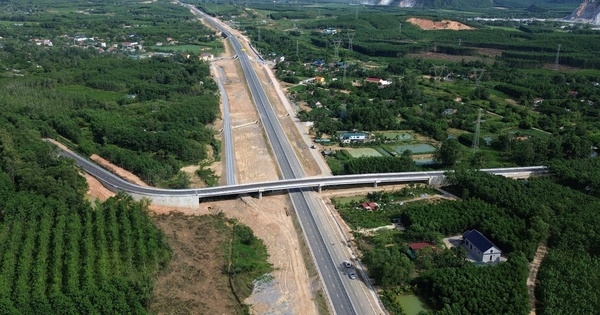

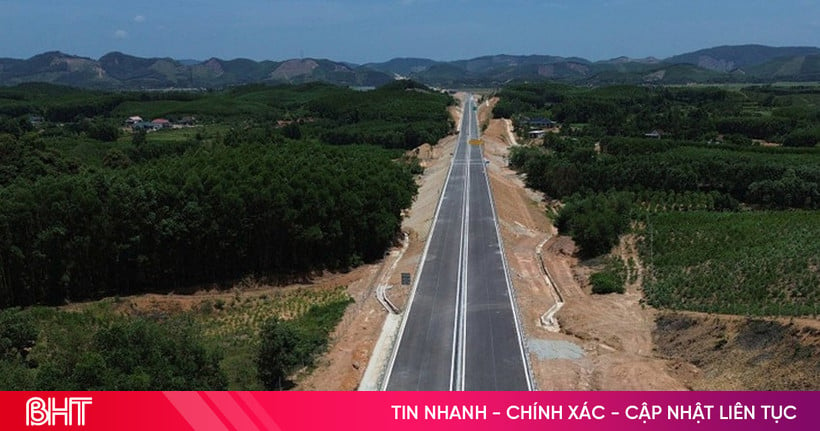

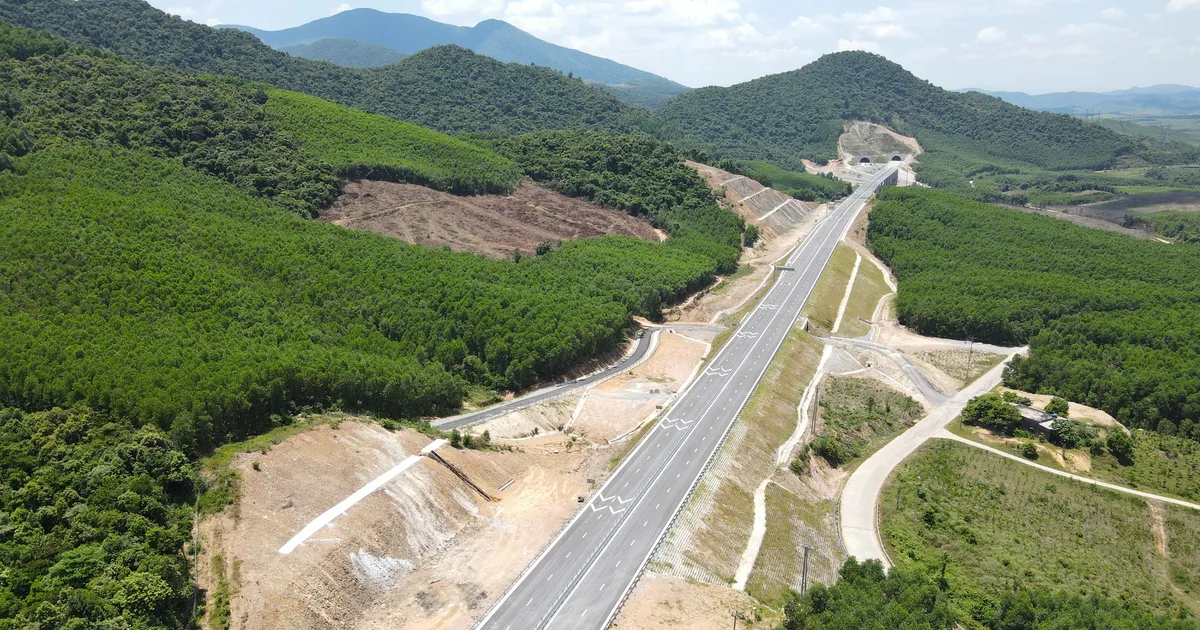

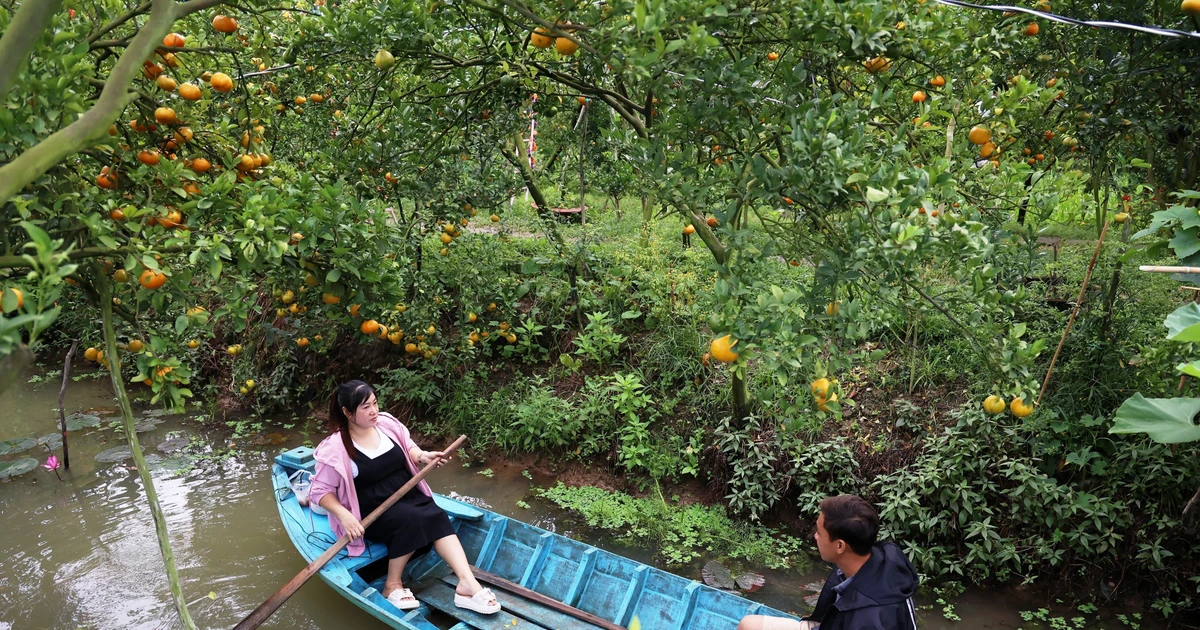




















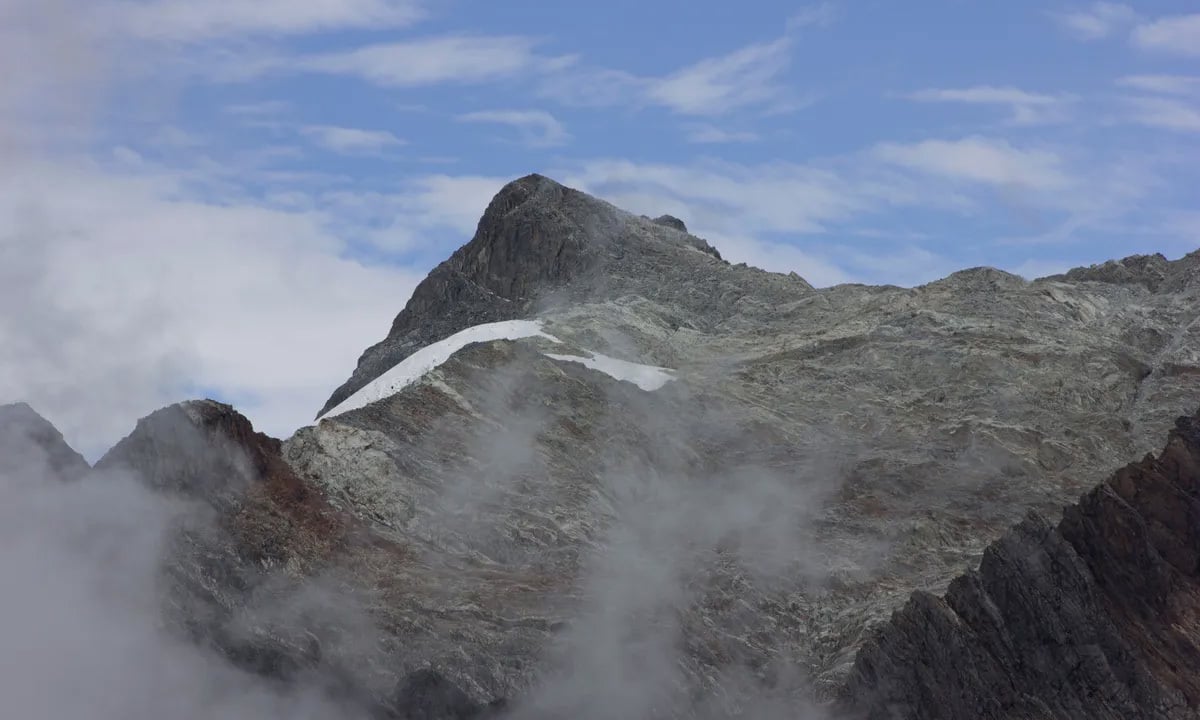

































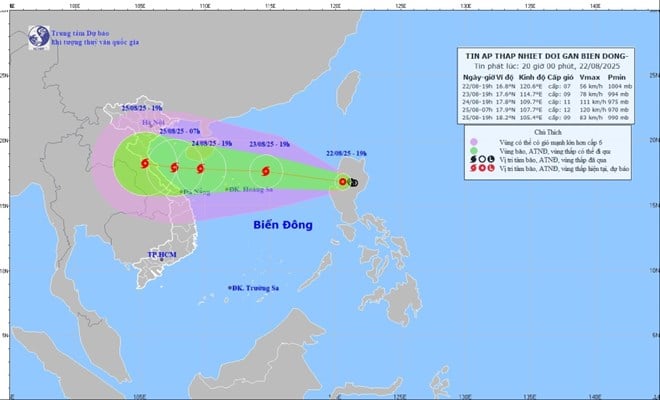






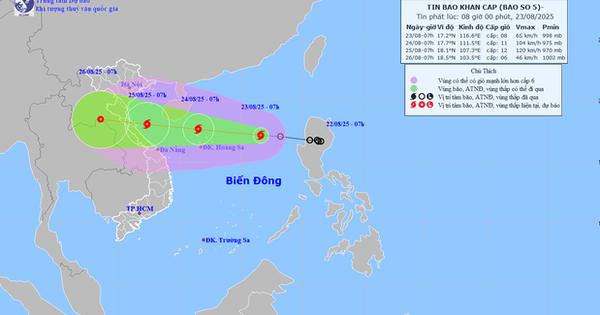





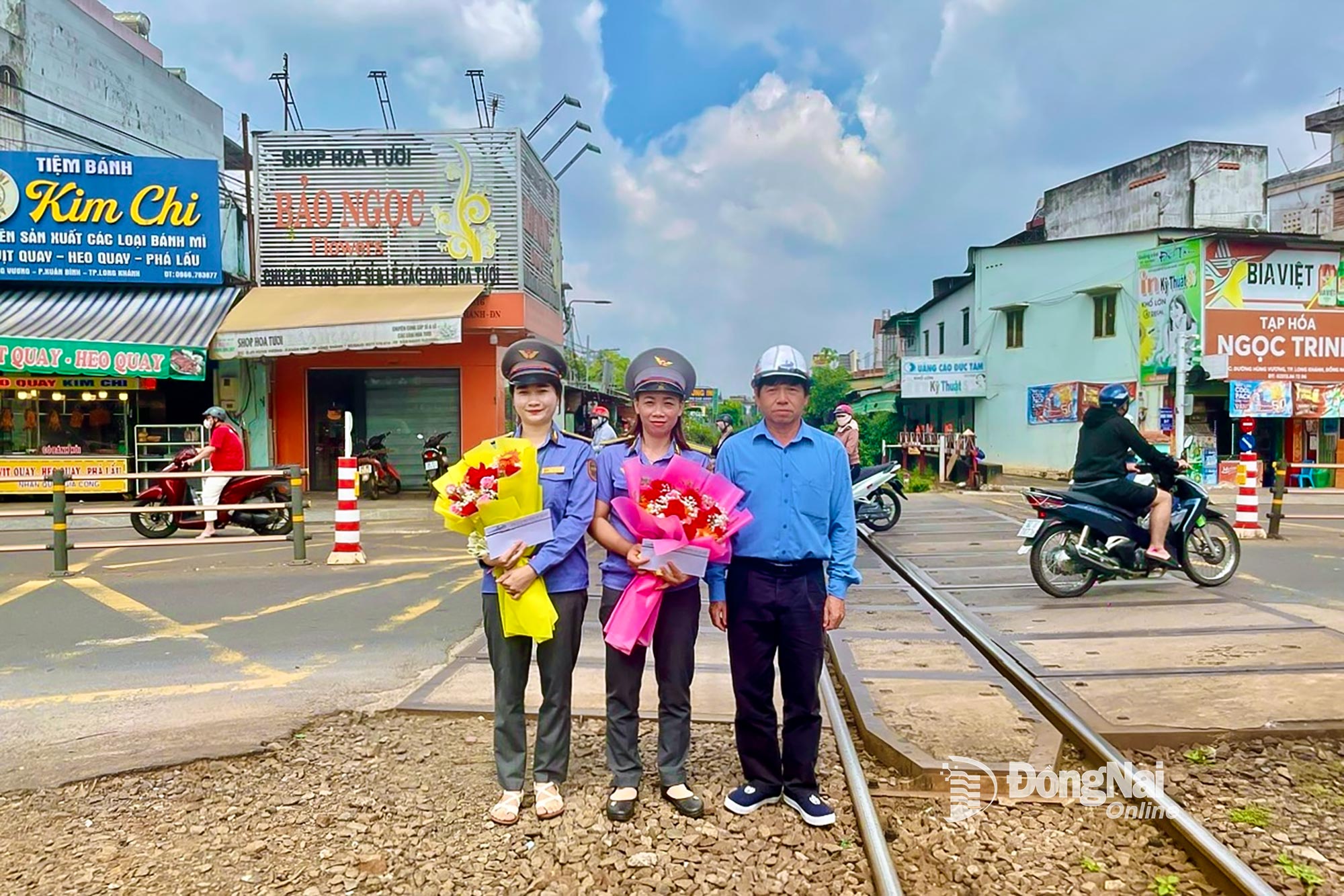





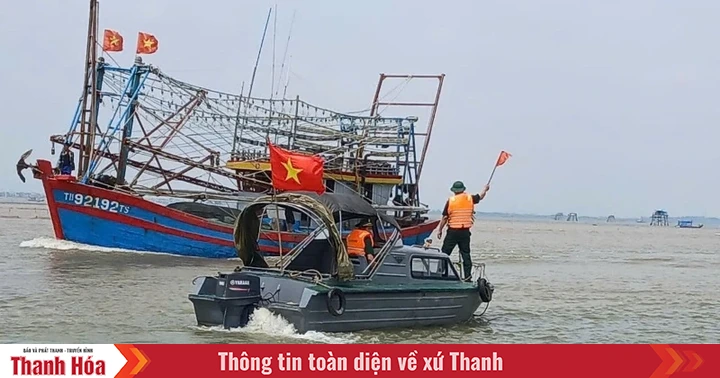




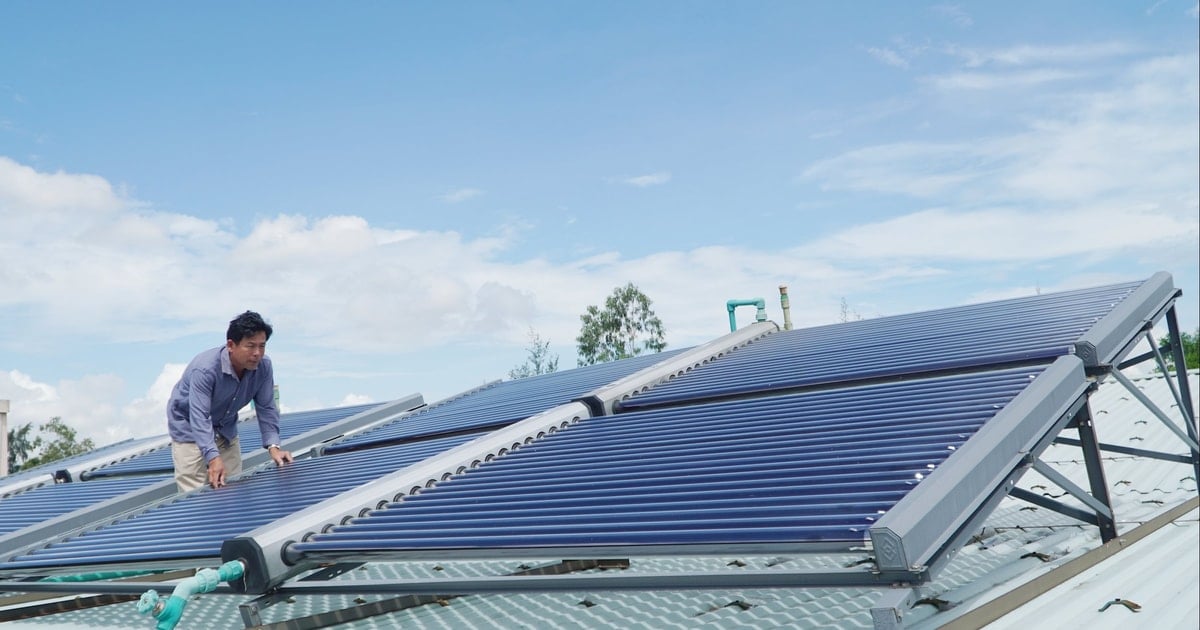
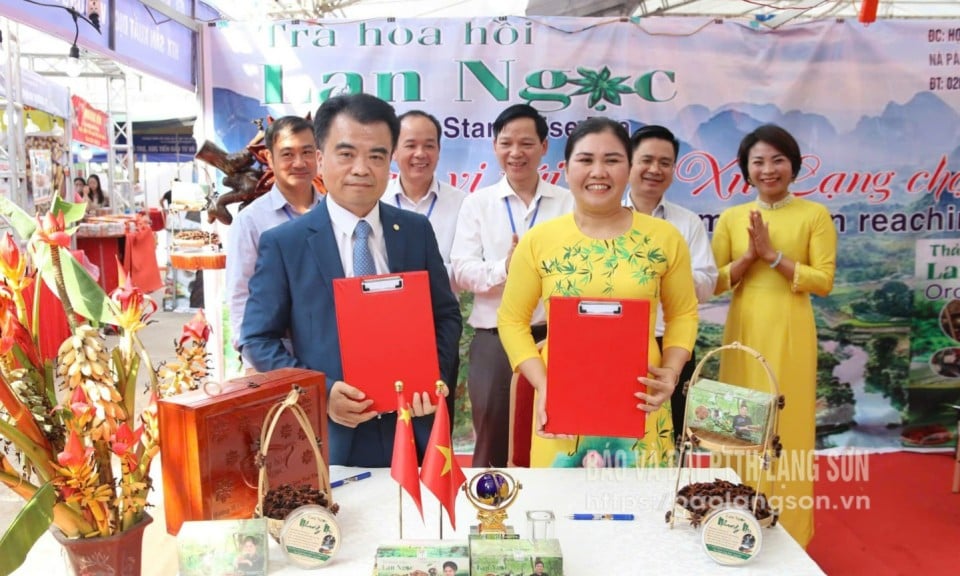

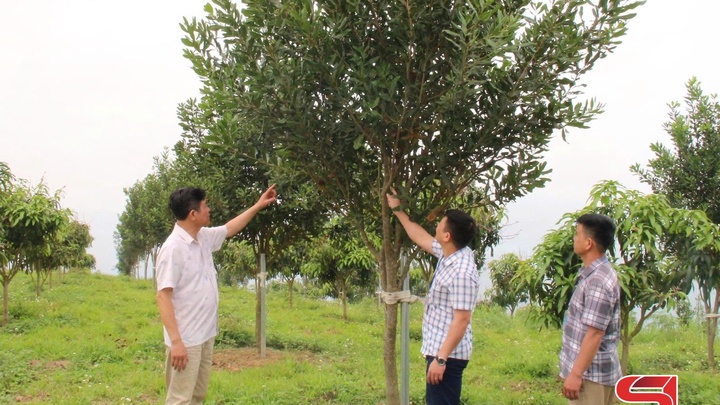







Comment (0)